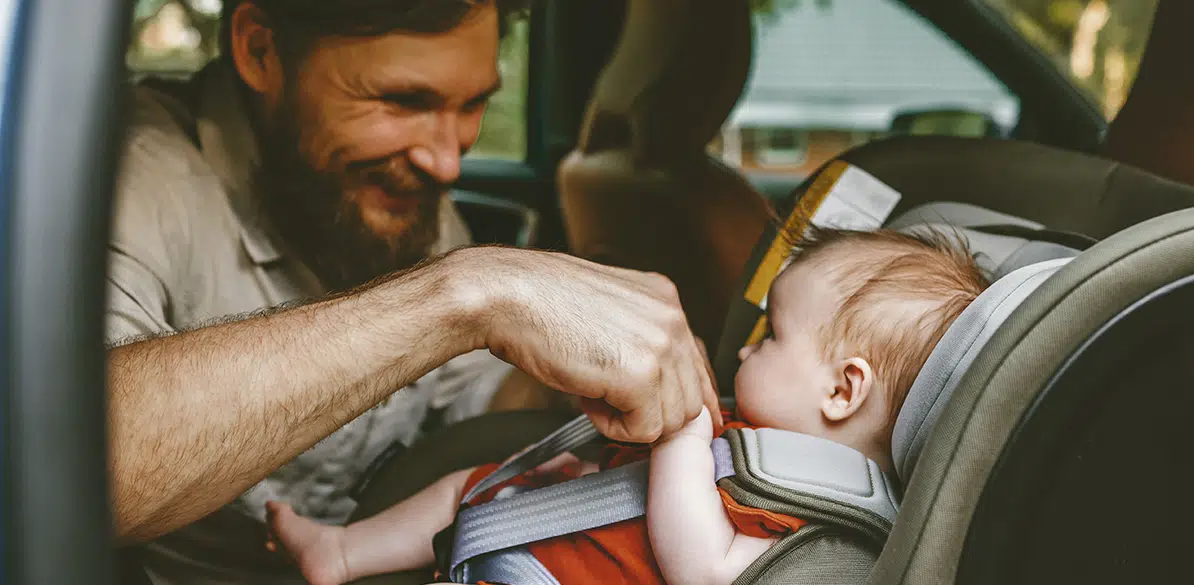Is the reclining angle important?
We tell you how to set it correctly

Road Safety
It may seem to us that the angle of a child seat is simply a question of comfort for the child, and although this is true, there is an important relationship between the reclining angle and the safety of the occupant.
It is particularly in those early months of life, when the baby or child travels facing backwards, that the reclining angle is the most important.
The ratio of head weight to body weight in a baby is 25%, while in an adult it is between 6 and 8%. In addition, the most delicate parts of a baby are the head and neck. This “excess” weight on the head means that the neck, which will not develop fully until the age of 3, is subjected to significant loads in the event of a collision, corresponding to the weight of the head. This is where the reclining angle comes into play. The direction of force in a collision is generally forward (frontal collision). The force with which the head pulls the neck is greater the more the child seat is reclined: it is the maximum if the seat is completely horizontal, and 0 if the child is in a completely vertical position.
Therefore, according to the laws physics, the best position for the child would be completely vertical, but of course… babies have no strength in their necks, and even when they grow up and have developed this, they fall asleep and, therefore, their heads drop forward.
If we allow the head to fall forward, a collision can result in injuries to the neck and brain, so it is important to find a middle ground, a compromise between being completely upright or horizontal.
In today’s child seats that compromise is somewhere between 40º and 45º. This is the point where the baby’s head does not drop forwards, and we reduce the stresses on the neck and head to safe levels.
For this reason, we should not look for car seat systems that tilt excessively, but rather child seats in which, once installed in the car, we can find the right compromise between being as upright as possible without the head falling forwards.
When we talk about forward-facing seats, we cannot guarantee that the neck will not receive very high loads, regardless of the angle of the backrest we have, so instead we have to consider the comfort of the child when setting the inclination of their backrest.
In view of this information, Fundación MAPFRE recommends that children are transported in a backward-facing position for as long as possible, and at least up until they are 4 years of age.
